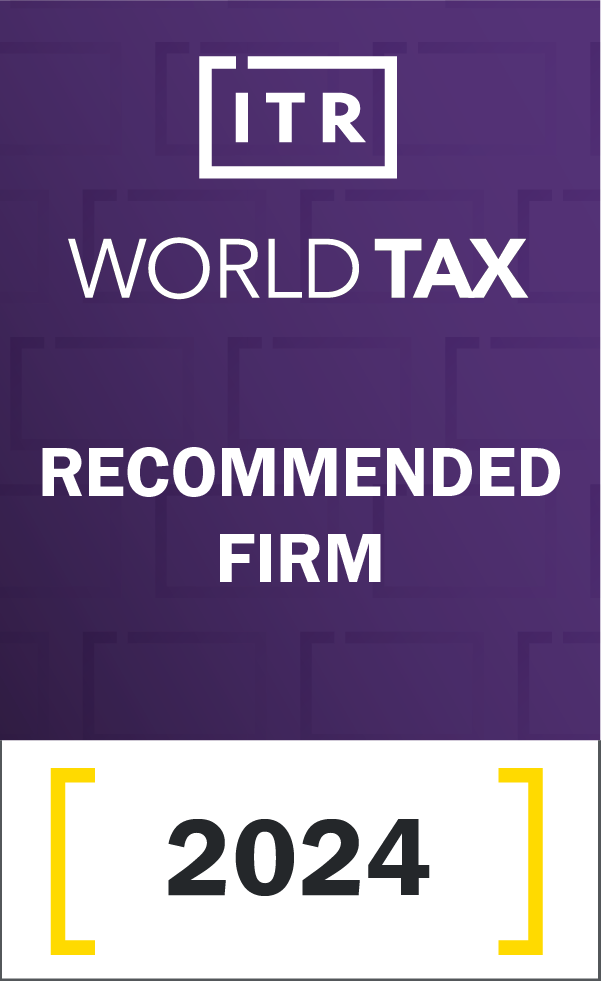OECD Updates CbC Report Guidance on BEPS Action 13
Iffa Nurlatifah,
Tuesday, 04 June 2024

The Organisation for Economic Co-operation and Development (OECD) has updated the guidance on the preparation of the Country by Country (CbC) Report contained in the anti-tax Base Erosion and Profit Shifting (BEPS) Action 13. The update was carried out by publishing a document entitled "Guidance on the Implementation of CbC Reporting BEPS Action 13" in May 2024.
For information, since 2016 the OECD has indeed been active in publishing several documents containing guidelines for making CbC Reports. The guidelines were prepared, to assist jurisdictions and Multinational Enterprise (MNE) Groups or multinational companies, in carrying out the provisions of making CbC Reports consistently.
The CbC Report is an additional document and/or information that must be kept by taxpayers who conduct transactions with related parties who have special relationships.
Read: PMK 172/2023 Changes the Threshold Reference for Consolidated Gross Revenue Related to CbCR
Meanwhile, updates made in the latest guidance released in May 2024 include provisions on the treatment of dividends from other entities excluded from the CbC Report. In addition, the provisions regarding Permanent Establishment (BUT) and fiscal period are still the same as the guidance released by the OECD in October 2022.
Reinforce Dividend Recognition
In the latest BEPS Action 13, the OECD confirmed that dividends from other entities are excluded from the ‘Income’ account of the CbC Report and from the ‘Profit/Loss (P/L) before Income Tax’ account.
So far, BEPS Action 13 does not explicitly mention the exclusion of dividends in the P/L account before Income Tax. Thus, it often causes confusion or uncertainty for MNEs in fulfilling this provision.
Not only that, this uncertainty also often leads to differences in views or interpretations between tax authorities or jurisdictions and MNEs. Thus, creating difficulties in assessing transfer pricing risks and other BEPS risks.
With this affirmation, the payment should be treated consistently in the tax jurisdictions of the payer and recipient. If the payment is treated as a dividend by the payer, it should be excluded from Income and P/L before Income Tax in the recipient jurisdiction.
This updated guidance is expected to be implemented by Inclusive Framework Members, including Indonesia, for all MNE group reporting fiscal years beginning on or after 1 January 2025.
Further, if it is accounting feasible for a Constituent Entity to include profits of another Constituent Entity in its profit before tax, this amount should also be treated as a dividend and excluded from Income and P/L before Income Tax.
Required to List Permanent Establishment of Constituent Entities
The OECD also requires MNEs to list the parent legal entity and the constituent entities that are the permanent establishment in the CbC Report, based on the tax jurisdiction where it is located.
For example, if an MNE group has a Constituent Entity named XYZ Corp located in Tax Jurisdiction A and has a permanent establishment in Tax Jurisdiction B, then the description used in the CbC Report should be as follows:
|
Tax Jurisdiction |
Constituent Entity Located in Tax Jurisdiction |
|
Tax Jurisdiction A |
XYZ Corp |
|
Tax Jurisdiction B |
XYZ Corp – Permanent Establishment Tax Jurisdiction A |
These guidelines ensure that the information reported is detailed and complete, as it covers the relevant tax jurisdictions and includes the relationship between the parent entity and the permanent establishment. Therefore, the information contained in the CbC Report will be clearer and more accurate for the tax authorities.
Fiscal Periods Covered
To ensure accurate and relevant reporting, BEPS Action 13 also provides guidance on the fiscal periods that should be included in the CbC Report. This provides flexibility for reporting MNEs in customizing reporting according to their internal accounting cycles.
According to the guidance, the CbC Report template should cover the fiscal year of the reporting MNE. The reporting MNE has a choice in determining the period to be included in the CbC Report template.
There are two options that should be considered to ensure consistency in reporting:
- First Approach: The CbC Report template includes information for the fiscal year of the relevant Constituent Entity, which ends on the same date as the fiscal year of the reporting MNE or ends within the previous 12-month period.
- Second Approach: The CbC Report template includes information for all relevant Constituent Entities reported for the fiscal year of the reporting MNE.
If the reporting MNE chooses to apply the first approach, some information in the CbC Report may not correspond to the fiscal year of the reporting MNE.
With these updates and clarifications, it is expected that MNEs can report their tax information more consistently and transparently, supporting global efforts to prevent tax avoidance practices.
*The author is a Supervisor of the Transfer Pricing Division of MUC Consulting who has been certified with an Advance Diploma in International Taxation (ADIT) - Module 3.03 Transfer Pricing Option from the Chartered Institute of Taxation (CIOT), United Kingdom.


